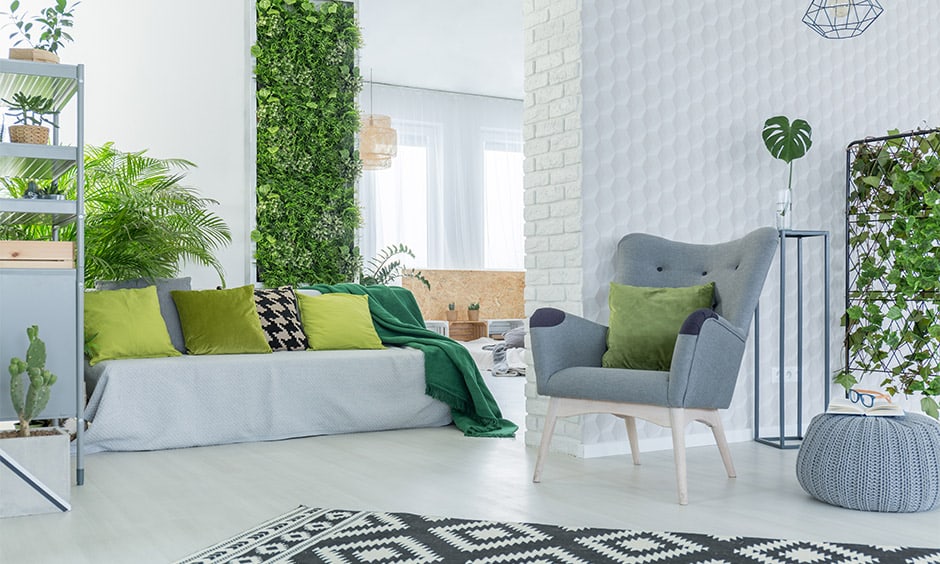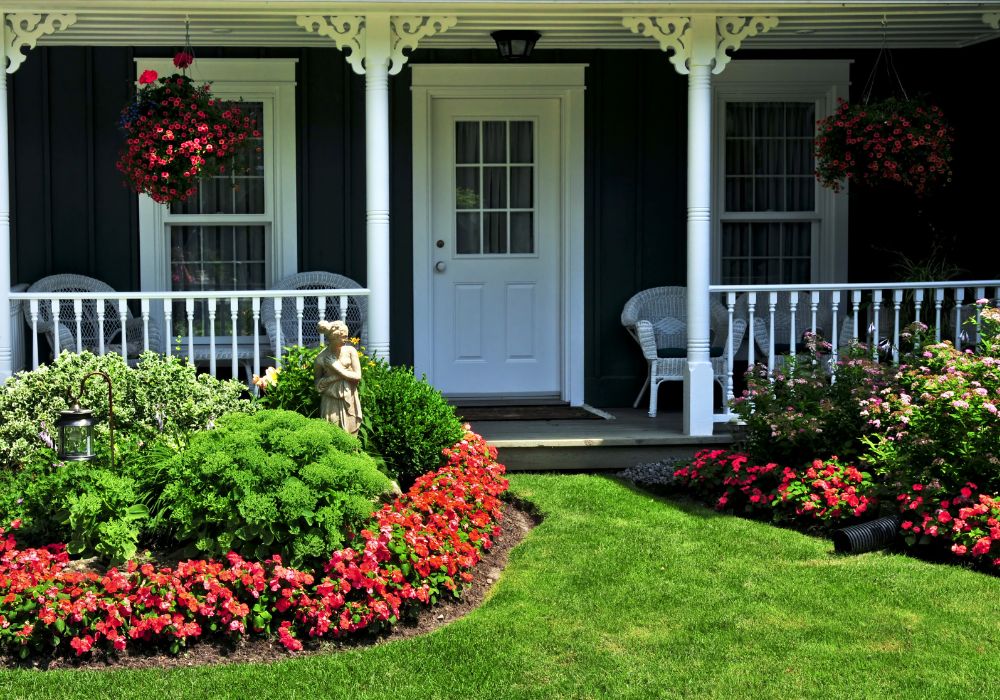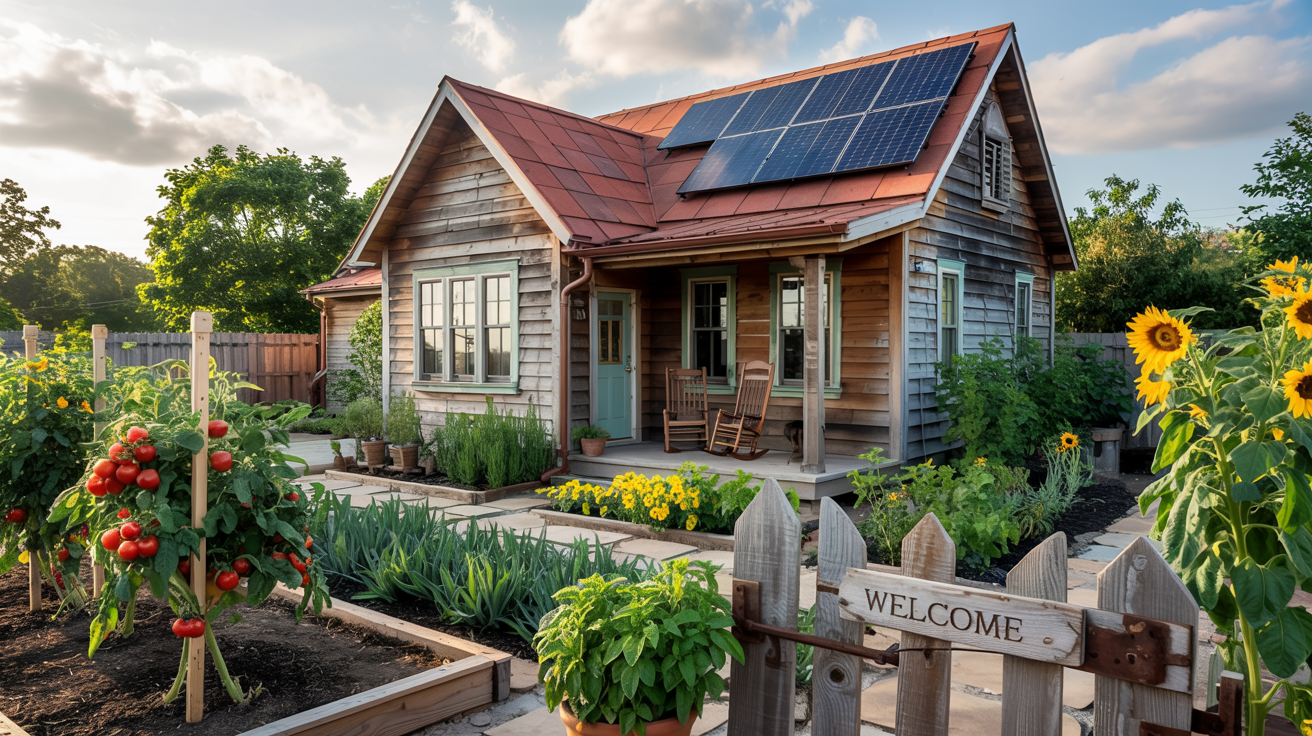As environmental concerns grow and energy costs rise, more homeowners search for ways to go green — without draining their wallets. The good news? You don’t need a massive budget to start building a more sustainable, efficient home.
In fact, many eco-friendly upgrades are cost-effective and deliver long-term savings on utility bills. From LED lighting to smart insulation and low-flow fixtures, simple choices can lead to significant impact.
This article explores practical, affordable strategies to make your home more sustainable, healthier, and potentially more attractive to future buyers.
1. Start with a Sustainability Plan That Fits Your Budget
Building or retrofitting a green home doesn’t have to be an all-or-nothing project. One of the smartest first steps is to create a 5–10-year action plan for eco-friendly upgrades. As suggested by clean energy experts, a phased approach helps spread out the costs while taking advantage of evolving technologies and tax incentives.
Start by identifying your priorities—whether it’s indoor air quality, energy savings, or water conservation—and allocate your budget accordingly. Websites like RewiringAmerica.org offer calculators to estimate your energy savings and rebate eligibility.
Tip: Even if you’re considering selling your home fast in the future, a green action plan can increase its resale appeal.
2. Focus on Low-Cost, High-Impact Upgrades
You don’t need to install solar panels overnight to start living sustainably. There are small changes that cost a little upfront but deliver big results over time:
- Switch to LED or CFL light bulbs: They last longer and use significantly less energy than traditional bulbs.
- Install low-flow faucets and showerheads: These reduce water consumption without sacrificing performance.
- Add weather stripping and seal leaks: A small investment in insulation can reduce heating and cooling costs dramatically.
These affordable changes not only reduce your environmental impact but also cut monthly utility bills—making them a win-win for homeowners on a budget.
3. Choose Sustainable Materials and Furniture

Eco-friendly interior design isn’t just about style—it’s about health and conservation. According to experts, sustainable materials reduce exposure to harmful toxins and make indoor spaces safer and more comfortable.
Options include:
- Reclaimed wood, bamboo, and jute for flooring and decor
- Furniture made from recycled or upcycled materials
- Secondhand or vintage pieces that add character while reducing demand for new production
These choices support a healthier home environment and help conserve resources. Plus, they can elevate your home’s appeal when it’s time to get an offer on your home.
4. Invest in Energy-Efficient Appliances and Systems
Appliances account for a large portion of home energy use. Upgrading to Energy Star-certified products—such as refrigerators, dishwashers, and HVAC systems—can significantly reduce your energy consumption.
Also consider:
- Heat pumps: These electric systems replace traditional gas or oil heating and cooling and are now more affordable than ever, thanks to federal and state rebates.
- Smart thermostats: Optimize energy use and adjust settings automatically based on your behavior.
Not only do these upgrades lower your bills, but they also align with what environmentally conscious buyers are seeking—offering a strong return if you sell.
5. Enhance Curb Appeal with Eco-Friendly Landscaping

Your outdoor space can majorly affect your home’s overall sustainability. Drought-tolerant plants, native species, and ground covers like clover require less water, fertilizer, and maintenance than a traditional lawn.
Additional ideas:
- Use organic mulch to retain soil moisture and reduce weeds
- Install a rainwater collection system for irrigation
- Avoid grass where possible, and consider stone or native wildflower zones
Sustainable landscaping not only saves money on maintenance but also adds curb appeal—especially valuable if you’re looking to sell your home quickly in a competitive market.
6. Make Use of Incentives and Think Long-Term
Federal and local programs are making it easier to afford green upgrades:
- Tax credits for solar panels, energy-efficient appliances, and weatherization
- Rebates up to $24,000 for whole-home heat pump installations
- Incentives for switching to electric vehicles or installing EV chargers
By planning strategically and using available incentives, homeowners can offset upfront costs and increase long-term savings. Many sustainable choices—like better insulation, quality windows, and efficient lighting—also require less maintenance, reducing the workload down the line.
Conclusion: Green Living Doesn’t Have to Cost a Fortune
Sustainable home design is no longer limited to luxury builds or high-end remodels. Whether you’re swapping out light bulbs or rethinking your entire HVAC system, small, affordable upgrades can make a big difference—for your wallet and the planet.
By focusing on energy efficiency, resource conservation, and healthier living environments, you can build a greener home today without breaking the bank. And when the time comes, these improvements can also help you get an offer on your home faster by appealing to eco-conscious buyers.
Affordable green living is within reach—one smart choice at a time.

